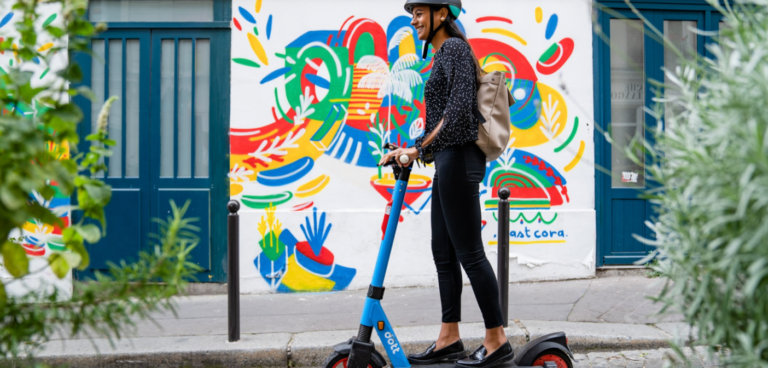Micromobility operator Dott has released its first report on the gender gap between e-scooter usage patterns.
The study analysed the differences between male and female use of micromobility services and offers recommendations for how to encourage more balanced participation.
Dott’s report shows that men account for 71% of new riders across the board, but in countries where its services are more established, this gap is reportedly getting smaller.
In more mature markets, the report suggests that understanding of safety is better and women are less likely to see e-scooters as a male-oriented service.
As e-scooters have become a more common daily travel option, Dott reports that the visibility of women using the service has increased.
Dott’s research indicates the need for safe night-time travel options for women, with one-fifth of female scooter riders saying they felt safer riding than walking or using public transport at night.
In the UK, 35% of respondents were concerned with road safety, compared to 20% in France. This could be a result of e-scooters’ longer duration in the French market, or the sufficiency of infrastructure. In Paris, for example, cars are limited to 30km/h (18.6mph), which is closer to the speed of an e-scooter.
Laura Hensel, head of sustainability at Dott, said: “This research shows there is gender disparity in the users of shared micromobility.
“As we work toward a service which is accessible to everyone, we want to make it easier for more women to choose shared e-scooters and e-bikes to get around their city in a sustainable, effortless and efficient way.”
However, 39% of women also suggested road safety was a deterrent, especially a lack of cycling infrastructure and having to share space with cars and public transport services.
In response, Dott has announced a range of safety-focused training sessions in London, with one session per month exclusively for women.
Following the London sessions, Dott claims it will consider bringing the initiative to other countries.





